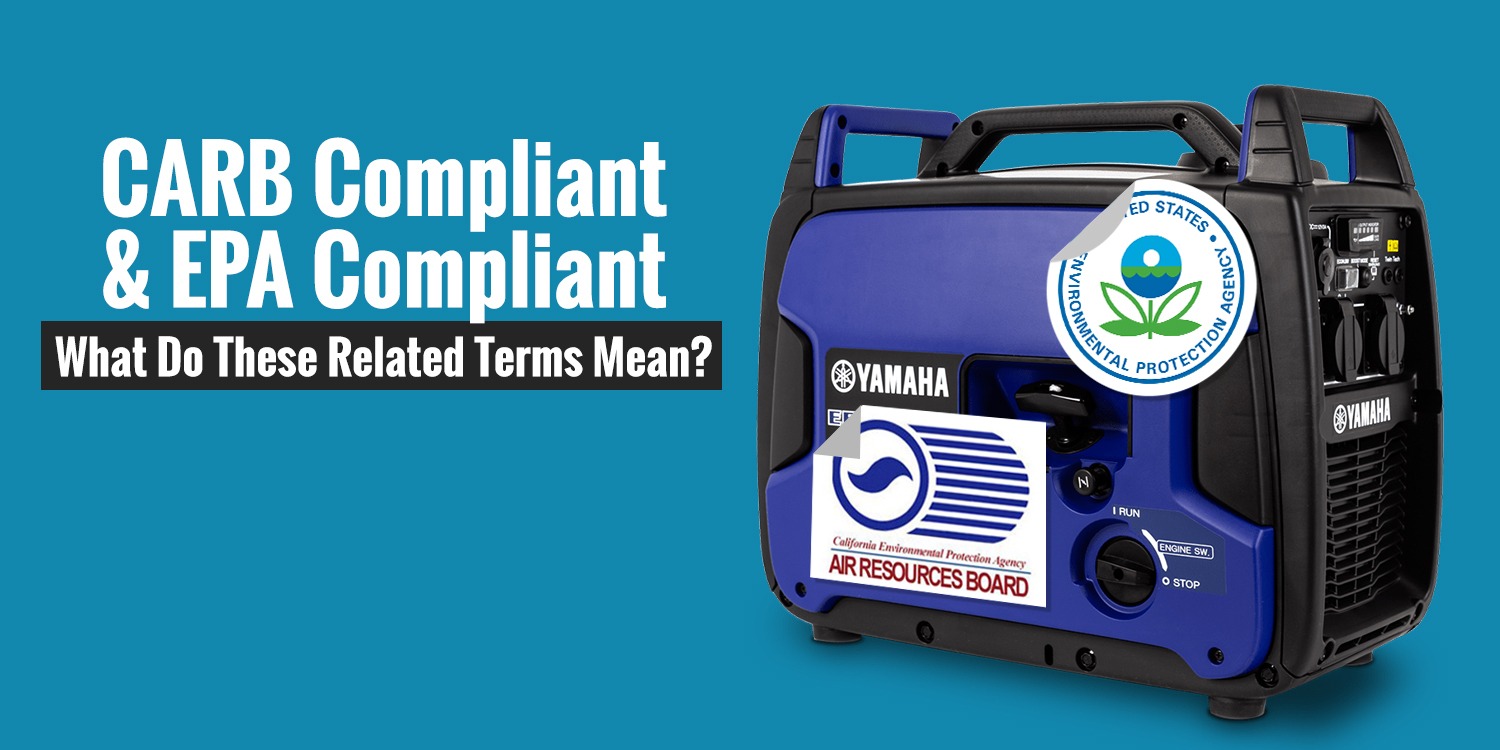 In case of a power outage, one essential item in your household will be a generator.
In case of a power outage, one essential item in your household will be a generator.
However, there are times when this vital machine will develop problems.
Now, what will you do? How will you solve this?
You need power at home: The situation is urgent!
Actually, one of the most common issues with many generators is that a generator will start well and run for a few seconds before shutting down abruptly.
This is not a small problem since it stops the essential devices in the house from running. Moreover, it can disrupt your business activities besides bringing down your security systems.
Something needs to be done fast!
Identify the Issue First
Obviously, something must be done urgently to deal with this situation.
That is precisely the point of this article.
We will help you with some useful ideas and strategies on exactly how to get rid of such a troubling problem. We know that this is a common problem that affects many generator users.
Happily, this is a problem that you can personally solve by first identifying the cause. Indeed, we will start by helping you to determine the causes of this problem. Then, we will give you practical suggestions on how best you may solve the problem.
Now, off we go!
Yeah, Here’s How to Fix the “Few Seconds” Issue
When your generator starts, then stops almost immediately, there must be a problem.
There is a reason for this.
Here are some of the issues and errors that usually cause this problem:
Your Generator Starts then Stops Immediately?
Here are the Reasons Why Your Generator Shuts Down after Starting:
Reason 1: Low Water Levels in the Radiator
Check the radiator.
Is there water in the radiator? This might be causing the sudden stoppage of the engine.
The system can switch off after a few seconds simply because of low water levels in the radiator. The main reason for this could be that there is a rise in temperatures because the water levels in the radiator are not sufficient.
In case the generator continues running for a long time with the temperatures this high, there may be a breakdown of the sensitive parts of the engine. This includes the voltage meters and the control panel.
Should this be the case, what is the solution? How do you deal with this?
Solution:
Make sure that the radiator is always filled with water. You can regularly check the water levels in the radiator once every month.
Make this activity your unfailing habit. Moreover, to get better results, you may use a coolant along the water.
Reason 2: Low Oil Levels
What is the level of the oil?
Check if the oil levels are low. It might be causing the issue.
Note that the generator may, at times, shut down after a few seconds due to a problem affecting the oil levels. It might be that the oil level in the engine is too high or too low.
In case the oil level is too low, the generator will start but stop after a few seconds. The shutoff is typically caused by the fact that the oil temperature is rising too quickly. This creates an alert for the engine to stop running.
If, on the other hand, the oil level is too high, the situation will cause the sensor to call for a shutdown of the engine.
In this case, what is the solution?
Solution:
Check the oil levels. You can solve this problem by merely keeping the oil levels optimal. Further, doing this will not only deal with the original question. It will also help your generator to function smoothly.
Reason 3: Low Fuel Levels
Note that sometimes your generator may start for a few seconds and stop due to a relatively minor problem: The fuel levels in the tank is too low.
Of course, the generator probably has enough fuel to start and run without a load, but when a load is attached, the machine will stop instantly.
Try to check the fuel gauge. Are the fuel levels too low in the tank?
Check the fuel pipe restrictions, damage, or bend. This may be preventing adequate fuel from reaching the engine.
Further, check the fuel tank sediment. It may be the culprit causing the problem.
What is the solution?
Solution: Check the control panel and determine the fuel levels.
In case you are using an older generator, you can do this manually. After this, just fill the tank and try starting the generator.
Hopefully, the engine will roar on.
The problem is solved.
Reason 4: Fuel Tank/ Fuel Pipe Issues
Check the fuel pipe leading to the engine.
Is it broken or leaking?
Note that some of the most frequent issues that usually cause many generators to stop working after start off are related to fuel tank and fuel pipes. These are the vessels that take the petrol to the generator’s engine and carburetor. Generally, the pressure in the fuel tank may get locked.
This typically causes supply problems.
Moreover, the same problem may be caused by the accumulation of dust problems in the tank. Other causes of the issue can be traced to restrictions, bending, damage, or leakage in the fuel pipes.
It is relatively easy to identify any leakage caused by petrol due to diesel marks on the surface or pipes below your generator.
How can you solve this?
Solution:
It is easy to deal with such problems in the fuel tank. Simply make sure the tank is cleaned, then release the pressure and carefully check the pipes for any of the issues above, and you are done.
The problem is, hopefully, solved.
Reason 5: Engine Overheating
Check the engine temperatures.
Is it too hot? Are there some visible damages to the radiator vanes?
Check if the debris or dust is probably blocking the vanes.
This might be the problem. Once done, it is solved.
Reason 6: Coolant Sensor Failure
Check if there is a failure of the coolant sensor.
If this is the case, the display on the control panel will show a ‘low coolant warning.’ Indeed, this may fail without warning.
How is the appearance of the pressure sensor? Are the terminals either bent or broken?
Fix that.
Once you replace the coolant sensor, the engine will start immediately.
In case this fails to solve the issue, and the generator is not starting, take the following step:
Reason 7: Failure of the Oil Pressure Switch
In case of this failure, the display on the generator’s control panel will usually indicate the ‘low oil pressure warning.’
Notably, these switches can fail without warning.
How to solve it:
Check the appearance of the oil pressure sensor. Ensure that the connections on the terminal are tight. Check if the thin cable is correctly attached and that it is not damaged.
Make sure the installation of the cable has no fault.
In case you determine that all these are correctly in place and that everything is okay, take the next step: Do a replacement of the oil pressure sender.
Once these steps are complete, the generator should immediately start.
But suppose you have carefully followed all the steps but your generator still starts for some seconds and then stops, what next?
There is one option left: Call in an expert who is well-versed with issues of the control panel.
Reason 8: Control Panel Reprogramming
It may well be that the control panel of your generator actually needs reprogramming. This will make it accept the newly fitted parts. Indeed, this control panel probably needs to acknowledge the oil pressure switch and the coolant sensor.
Solution:
One way to solve this is to try and integrate the control panel.
Moreover, you may need to reset the parameters that relate to the parts that are newly fitted. If you feel inadequate about performing this job, you may call your CoMap control panel expert or the local Deep Sea expert.
These may send an engineer who will typically be armed with a laptop. The expert will swiftly reset the necessary parameters by connecting to the controller.
Hopefully, at this point, you are now ready to restart your dear generator and kick start a happy day.
Voila!
The generator roars on.
The problem is solved!





Very helpful. Thanks
where is the oil pressure switch on a craftman 3000i generator ?
Thanks. Your website is really really helpful.I like the systematic presentation of the steps outlined in solving problems. Thanks once more
My Gen goes off immediately. I’ve checked the oil and other stuff is highlighted in the list but it’s still the same thing